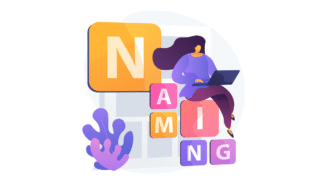LESSON OVERVIEW
The main objectives of this ESL lesson on nepotism are to:
- share personal experiences related to work and family;
- revise vocabulary related to nepotism and favouritism in the workplace;
- analyze and discuss the issue of nepotism and its consequences.
In this speaking lesson, students engage in conversations about their perspectives on the relationship between work and family and revise vocabulary related to nepotism and favouritism in different contexts. Students also work on phrases to express their attitude towards a situation and listen to two excerpts from a podcast (3.5 minutes in total).
C2 / Proficiency45 min
60 minSpeaking ClassUnlimited Plan
This is a Speaking Class worksheet. It includes a variety of tasks that let your students practise their speaking skills. This lesson format does not focus on grammar or vocabulary. Learn more about it here.
WARM-UP AND PODCAST
This ESL lesson on nepotism starts with a warm-up in which students share their personal experiences related to work and family. They identify which statements resonate with them and express which ones they would like to be true about them. After that, students evaluate different aspects (e.g. trust and reliability, effective communication, shared values, etc.) to explain how easy or difficult working with family or friends can be. Next, students prepare to listen to an excerpt from a podcast and explain how the terms cronyism and nepotism might be related to friends and family. Then, they listen to the first excerpt from the podcast (1.5 minutes) which discusses nepotism and check their ideas from the previous task. They also discuss questions about cronyism and nepotism in their culture.
MORE DISCUSSION
In this part of the ESL lesson on nepotism, students can do an extra vocabulary activity by completing phrases with one word each. After that, students read scenarios related to nepotism and favouritism in the workplace and practise vocabulary by saying if they are acceptable, frowned upon or unlawful in their country. Then, students listen to the second excerpt from the podcast (2 minutes), a story told by one of the speakers. Students should explain why they think the speaker told the story and whether they agree with it. Afterwards, they respond to opinions on favouritism and connections in various contexts by using phrases to express their attitude towards each statement (luckily…, sadly…, as much as I agree that…, correct me if I’m wrong…). Then, students discuss the implications of nepotism. Finally, they analyze different areas (e.g. politics, legacy preference, entertainment, etc.) and situations to discuss whether they are examples of nepotism and how serious they are. Students also formulate what can be done to ensure fair treatment of everyone involved in the cases.
Subscribe to unlock these and many other Standalone lesson lesson plans with the Unlimited planWORKSHEETS














Awesome lesson! Very thought-provoking and really interesting, thank you!
Thank you, Natalia!